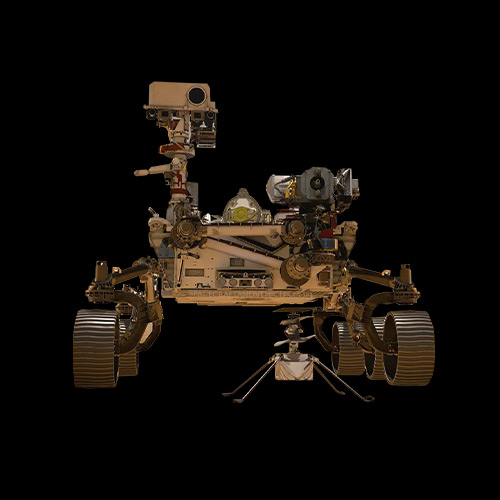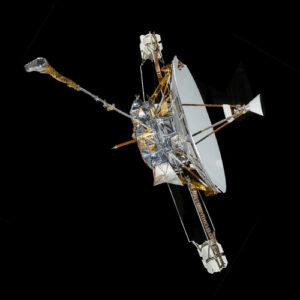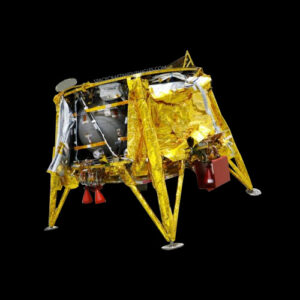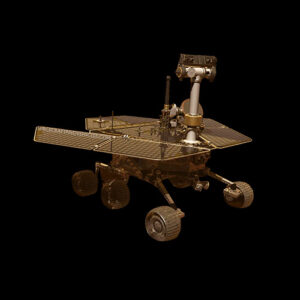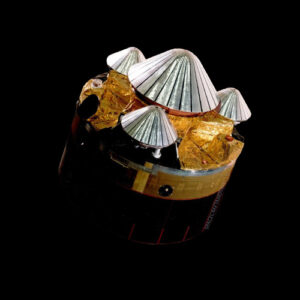Perseverance, NASA’s Mars 2020 Rover, was launched on July 30, 2020, with the primary mission of astrobiology and geological exploration of Mars. Touching down in Jezero Crater on February 18, 2021, Perseverance is tasked with searching for signs of past microbial life, collecting samples for future return to Earth, and testing technologies for future human exploration. Equipped with advanced scientific instruments, the rover represents the latest in Mars exploration technology and aims to unlock the mysteries of the Red Planet’s geological and astrobiological history.
Design and Construction
Perseverance was meticulously designed and constructed to withstand the harsh Martian environment while conducting sophisticated scientific investigations. The rover features a robust six-wheel design, powered by a radioisotope thermoelectric generator (RTG) for continuous power generation. Its instruments include cameras, spectrometers, a laser-induced breakdown spectrometer (LIBS), and a sample caching system (SCS), enabling comprehensive analysis of Martian rocks and soil.
Constructed from lightweight yet durable materials, Perseverance’s design prioritizes mobility and autonomy, with advanced mobility systems allowing the rover to traverse challenging Martian terrain. Equipped with a coring drill and sample caching system, Perseverance can collect and store Martian rock samples for future return to Earth, representing a significant step forward in Mars exploration.
Mission Objectives
- The primary objective of Perseverance is to search for signs of past microbial life and assess the habitability of ancient Martian environments.
- Secondary objectives include testing technologies for future human exploration, characterizing Martian geology, and collecting samples for potential return to Earth.
Launch and Deployment
- Perseverance’s exploration of Jezero Crater has revealed diverse geological formations, including ancient river deltas, lakebeds, and mineral deposits.
- The rover’s instruments have detected organic molecules and preserved biosignatures in Martian rocks, providing tantalizing clues about the planet’s past habitability.
- Perseverance’s ingenuity helicopter has demonstrated powered flight in the thin Martian atmosphere, paving the way for future aerial exploration missions.
Technical Specifications
- Perseverance’s mission represents a significant milestone in Mars exploration, with the potential to revolutionize our understanding of the Red Planet’s past and present environments.
- The rover’s advanced instrumentation and sample return capabilities lay the groundwork for future Mars exploration missions and astrobiological research.
Current Status
As of 2024, Perseverance continues to operate nominally, conducting scientific investigations and exploring the Martian surface. Its mission is ongoing, with plans to collect and cache additional rock samples for future return to Earth.
Perseverance’s exploration of Jezero Crater has provided valuable data on Mars’ geological history and potential for past habitability. The rover’s observations contribute to ongoing research efforts in astrobiology, planetary geology, and climate science.
Perseverance’s success has inspired future Mars missions and represents a significant step forward in humanity’s quest to understand the Red Planet. Through its groundbreaking discoveries and innovative technologies, Perseverance continues to push the boundaries of exploration and discovery on Mars.
